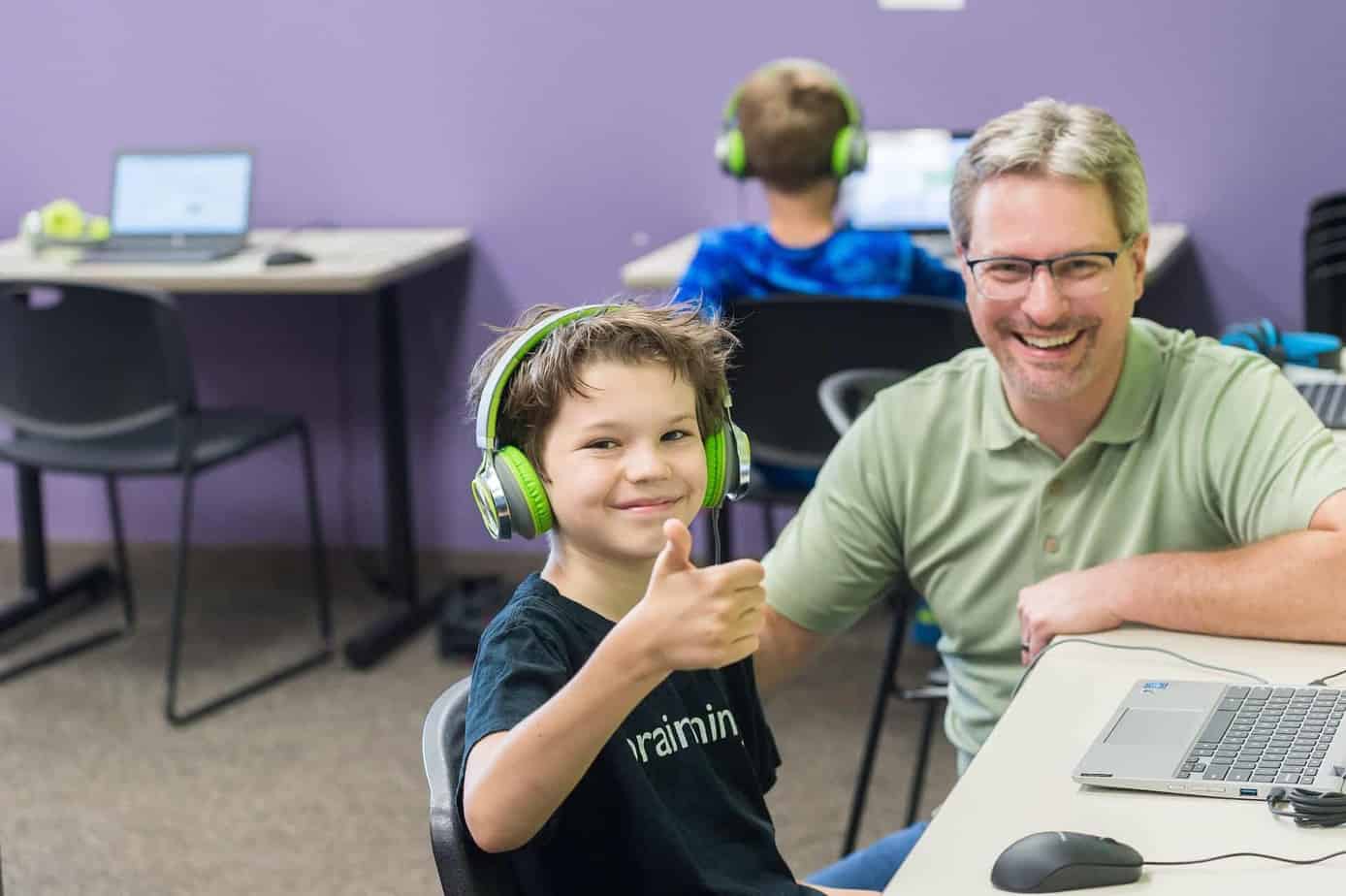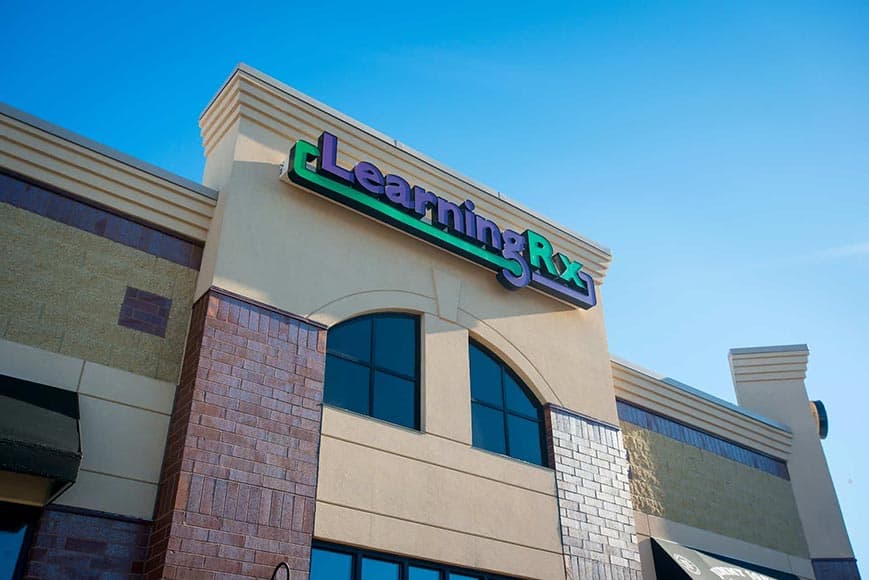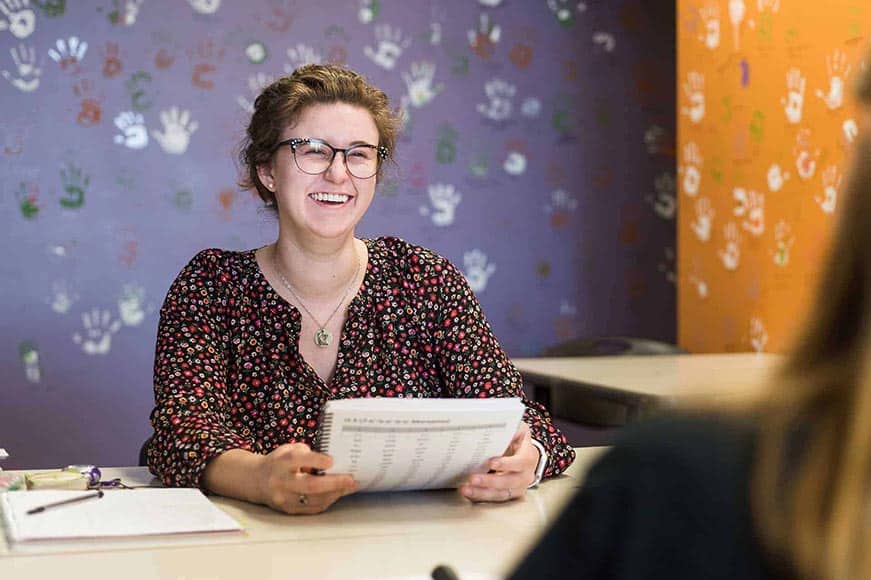Games and Cognitive Activities for Kids With Autism
Children on the autism spectrum typically have challenges to verbal or non-verbal communication, social interactions, and certain areas of cognitive function, while they have significant gifts and strengths in other areas. But because we now know that neuroplasticity allows the brain to rewire its neural pathways, practicing something new—especially in repetition—can help create lasting changes. If you’re looking for games and cognitive activities for kids with autism spectrum disorder (ASD), consider these options:
Mirrored Emotions
Sit your child in front of a mirror and teach them a variety of emotions while having them simulate your expressions. Start with something simple, such as “happy,” and point out what happens to your mouth, eyes, and body language. Have them replicate the physical manifestations of sad, mad, confused, and scared while asking them to describe what changes to their face and body they can observe.
Purpose: Observing, identifying and practicing emotions helps your child not only perceive non-verbal cues from others, but also gain self-awareness about their own feelings and gestures.
Do-it-yourself Band
Using items around your house, work with your child to create your own musical instruments, such as bongos, maracas, or kazoos. (A quick Google search for “DIY instruments for kids will give you ideas and directions. Think rice or dried beans inside a taped off toilet paper tube.) Then put on some music and play along to the beat!
Purpose: This activity helps children develop their fine motor skills, perceive different sounds, and engage in creative play.
One-act Play
Working together, create a short play with a beginning, middle, and end that mirrors a typical social situation your child might encounter. This could be a disagreement at the playground over using the last swing, a new child at school feeling scared of the unfamiliar environment, or a interaction mimicking an upcoming event or commitment you’d like to practice. Be sure to discuss emotions and practice acting out feelings with associated facial expressions and body language.
Purpose: This simple activity works on creativity, linguistic skills, planning, and social-emotional skills.
Homemade Obstacle Course
Engage your child’s mind and body by having them create their own obstacle course. Using items from around the house or yard (or things like sidewalk chalk), encourage them to include several physical challenges that require jumping (over or to something), running, crawling (through or under something), skipping, swinging, or climbing. Depending on your child’s age, maturity, and development, you can incorporate additional tasks, such as acting out an emotion and silly task along stops on the route. (e.g., “Pretend you’re a frustrated zookeeper trying to brush a giraffe’s teeth!”) Let them compete against their own time to try to beat their own score!
Purpose: From planning and processing speed to creativity and logic & reasoning, this activity works on a variety of necessary skills while also incorporating physical exercise for stress reduction.
Sensory Box
Gather a handful of small items from around the house and put them in an open box with a towel over it. Consider familiar and easy-to-identify objects, like a banana, glove, comb, Lego, or dog bones. Have your child reach inside without looking and try to guess what the item is before revealing it.
Purpose: Sensory activities like this one regulate your child’s sensory input and sensory processing skills, including visual processing.
Scavenger Hunt
Head outside for a sensory scavenger hunt in nature! Depending on your child’s age, you can create a list of items based on texture, color, and size. Need some ideas? Have them look for something: smooth, green, rough, red, light enough to blow off the palm of your hand, yellow, small enough to balance on your thumbnail, striped, or with spots.
Purpose: This activity builds skills like attention and focus, curiosity, visual processing, and an appreciation of nature while boosting sensory input and processing skills.
Smelling Station
Similar to the sensory box but done with scented items, this activity encourages children to sniff a variety of items while blindfolded. Beyond just trying to guess the scent, children may also enjoy sharing feedback about which smells they liked and didn’t. Consider items from around your house (while avoiding those scents that you know your child dislikes) such as orange slices, cinnamon, peanut butter, dryer sheets, coffee, hand soap, vanilla, bananas, Playdough, and toothpaste.
Purpose: Although many people with autism report a heightened sense of smell, it can be an attraction (hyposensitive) or repellant (hypersensitive). If you know your child is one to seek out scents rather than avoid them, this can be an enjoyable activity that helps boost visual processing, memory, and attention.
Personalizing Activities for Kids With Autism
You may need to modify these activities slightly based on your child’s age, abilities, and aversions. Always take the time to explain the activity in advance and ask for your child’s consent and input before getting started. You want to build a sense of trust and agency, including decision-making autonomy, even at a young age. Most importantly, be observant of their verbal and non-verbal responses as they engage in these activities to ensure that they’re engaging in curious play rather than feeling tested. The more your child begins to associate trying new things with having fun, the less mentally and emotionally rigid they’ll be as they explore the world.
Looking for a targeted approach to build the cognitive skills used for thinking, learning, and interacting with the world? Learn more about brain training activities for kids with autism here >>







